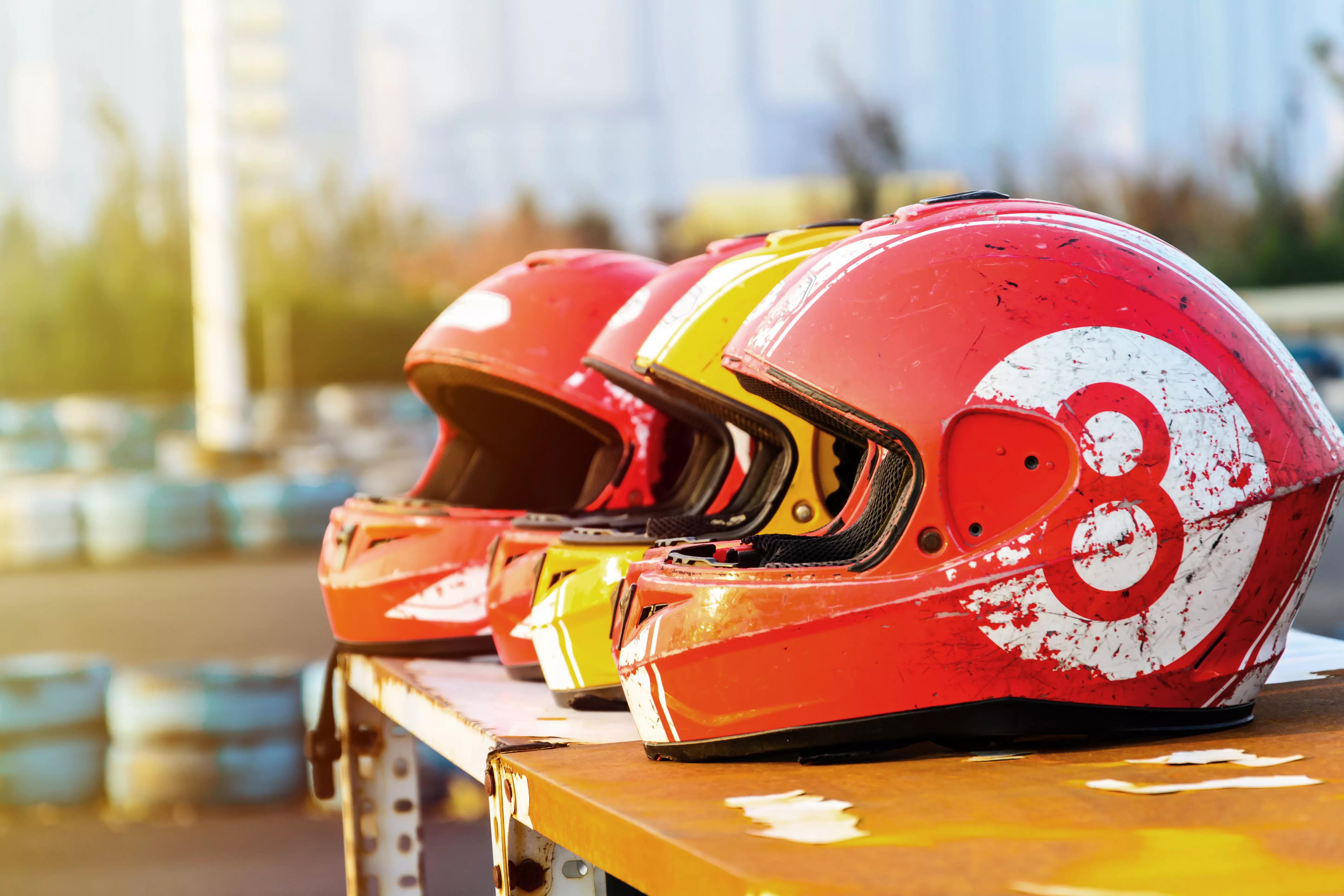Forerunners of Grand Prix racing
Introduction
Grand Prix racing is not only about passion and competition, but also about history, excitement and adrenaline. In today's article, we'll take a look at the precursors of these legendary competitions, who are forever part of motorsport history.
The first step towards Grand Prix racing
At the very beginning of our story, we must mention James Gordon Bennett Jr., an American millionaire and automotive enthusiast who in 1900 organized a race that not only had a huge impact on the further development of the sport, but also gave birth to Grand Prix racing.
In his vision, Bennett Jr. saw an international competition in which the best racers from different countries would compete. The first such race was held in France and began a new era in the history of motorsport.
Ludvig Nordénskiöld - Swedish innovator
One of the most influential pioneers of Grand Prix racing was the Swedish industrial magnate Ludvig Nordénskiöld. It was he who was the first to apply innovative technical solutions to his car, which later became a standard in motorsport.
Liedberg's brother, Henry Nordénskiöld, was then one of the most talented drivers of his generation. They collaborated with each other and worked together to improve their race car. Their efforts resulted in a model that inspired subsequent constructors and set new standards in Grand Prix racing.
Ferenc Szisz - the first Grand Prix winner
In 1906, the first official Grand Prix race was held in France. It was won by Ferenc Szisz, a Hungarian driver and one of the greatest talents of his generation. His success helped increase the popularity of Grand Prix racing and cemented its place in the world of motorsport.
As one of the best drivers of his time, Szisz contributed significantly to the technological development of his race car. The improvements he made to the internal combustion engine had a huge impact on subsequent generations of racing cars.
Grand Prix racing in the 1920s and 1930s.
After the rapid development of Grand Prix racing in the early years of the 20th century, the interwar period saw fierce duels on the tracks of Europe. Many drivers, such as Tazio Nuvolari and Rudolf Caracciola, filled the pages of newspapers and aroused incredible excitement with their racing achievements.
In the 1930s, thanks in part to the development of technology, Grand Prix racing became even more spectacular and faster. Modern cars such as Auto Union and Mercedes had powerful engines and the ability to reach very high speeds.
Juan Manuel Fangio - the undisputed champion
Juan Manuel Fangio is one of the greatest drivers in the history of Grand Prix racing. The five-time world champion won his titles in the 1950s, when competition on the tracks was extremely fierce.
Fangio was not only extremely talented behind the wheel, but also an influential figure in the world of motorsport. His career and successes contributed to the growing popularity of Grand Prix racing and made it one of the most important sporting events in the world.
Summary
The history of Grand Prix racing is a story of talent, passion and innovation. Forerunners of this remarkable sport, such as James Gordon Bennett Jr., Ludvig Nordénskiöld and Juan Manuel Fangio, have put a lot of effort into the development of motorsport and have made it one of the most popular sports in the world today.
Grand Prix racing, however, is not only about the excitement on the track, but also a technological race that contributes to automotive progress. Thanks to the development of racing cars, new solutions are created, which then find their way onto our roads. We must not forget those who have contributed to this remarkable success.

Add comment